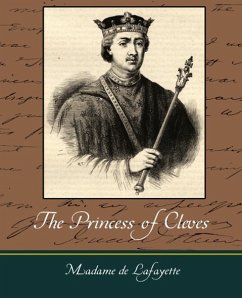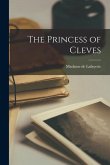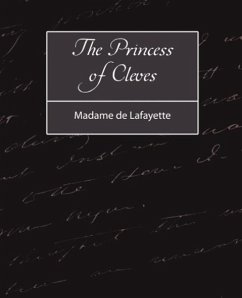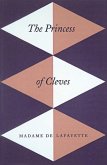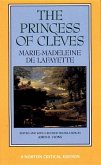The Princess of Cleves was published anonymously in 1678 and is considered to be one of the first European novels. Lafayette is thought to be the author. The setting is the court of Henry II. All of the characters except the heroine are historical figures. The events in the story are faithfully accurate to historical records
Hinweis: Dieser Artikel kann nur an eine deutsche Lieferadresse ausgeliefert werden.
Hinweis: Dieser Artikel kann nur an eine deutsche Lieferadresse ausgeliefert werden.

